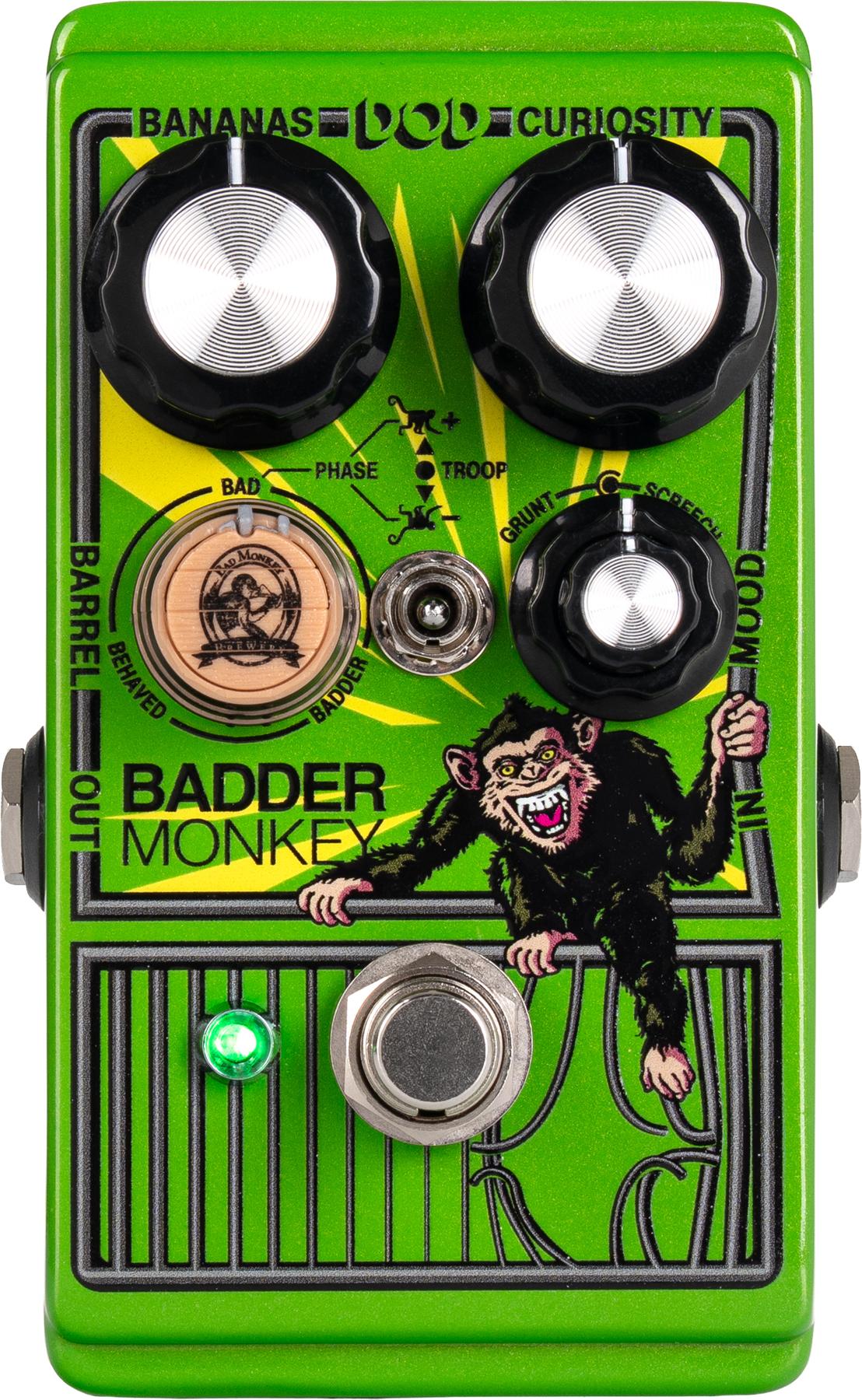Inspired by Jordan Ziff's minimalist approach to guitar tone by using the overdrive to push his 1959 Plexi amp, we mixed the vintage Tubescreamer essentials with careful sophistication to give rise to a versatile and powerful tone shaping tool.
The Ziffer Overdrive was developed for Jordan Ziff - lead guitarist of Hot Crazy, RATT, and guitarist in Marty Friedman's band -, and is mainly derived from our TS8-MS Overdrive / MIDI Switcher pedal which he embraced as its Tubescreamer choice a couple of years ago. This time we removed the MIDI switching capabilities and added several controls which contribute to subtle tone-crafting and expanded versatility.
BECOS Ziffer Overdrive – Jordan Ziff Signature MINI Overdrive Pedal
We envision this minion for usage with guitar and bass, or other instruments as well. For this reason, we added parallel clean processing complemented by a tilting equalizer - which is a simplified but performant preamp. The Dry line can be mixed with the overdriven Wet line for finely tuning the frequency spectrum of the overdriven sound. Aside from its 3-clipping options, we also added a Deep mode very appropriate to beefing up single-coil pickups in guitars or leave the bottom end in place when used with a bass.
The Ziffer Overdrive is a sturdy minion, road-ready, and eager to perform in any instance, on stage or in the studio.Features
- True analog bypass
- Gain, Tone, Level controls
- Classic/Asymmetric/LEDs clipping options
- Classic/Deep frequency response selection
- Dry/Wet Mix
- Dry EQ frequency trimming
- Dry boost/cut variability
- Hi-quality audio ICs, low tolerance parts, Panasonic Polyester capacitors
- Black powder-coated MINI-size genuine Hammond aluminum enclosure
- 9-18 VDC external power supply (not included), center negative, 12mm long barrel plug
- 3-year warranty
The Jordan Ziff Signature Overdrive has a street price of $169.00 / €149.00. Pre-orders may be placed directly on BECOSFX online store at becosfx.com (or from select retailers) starting August 2021.























